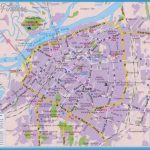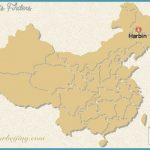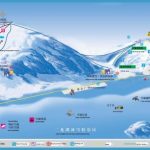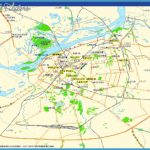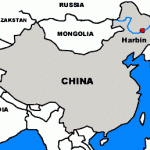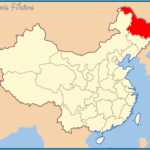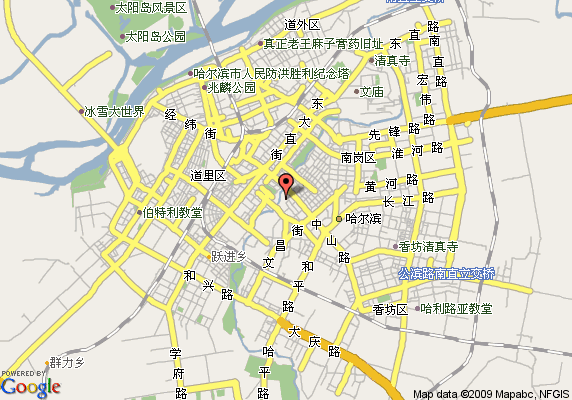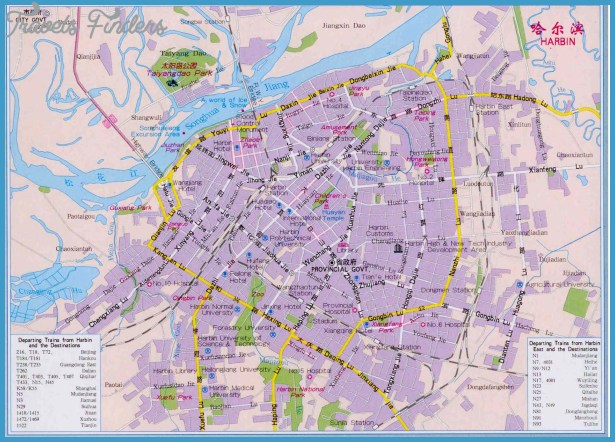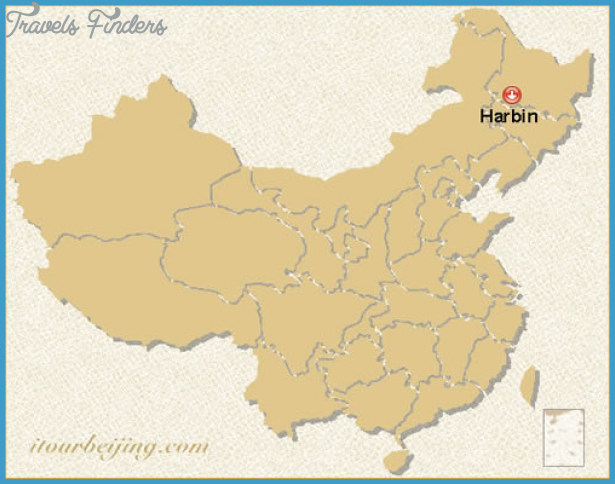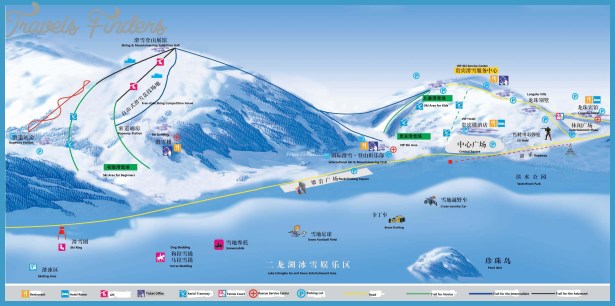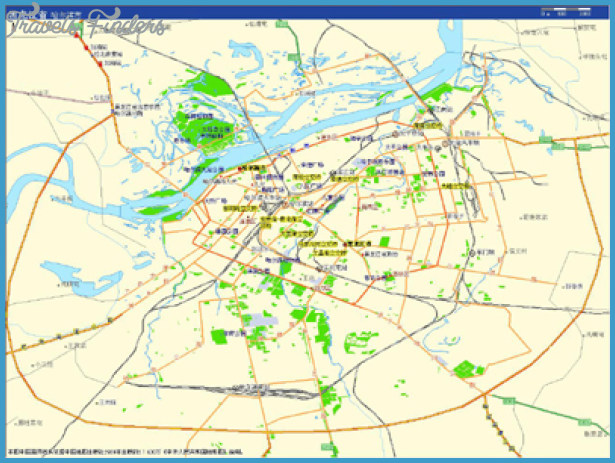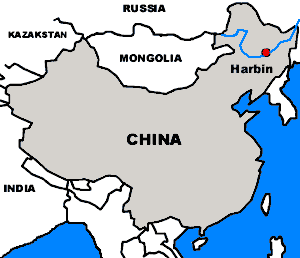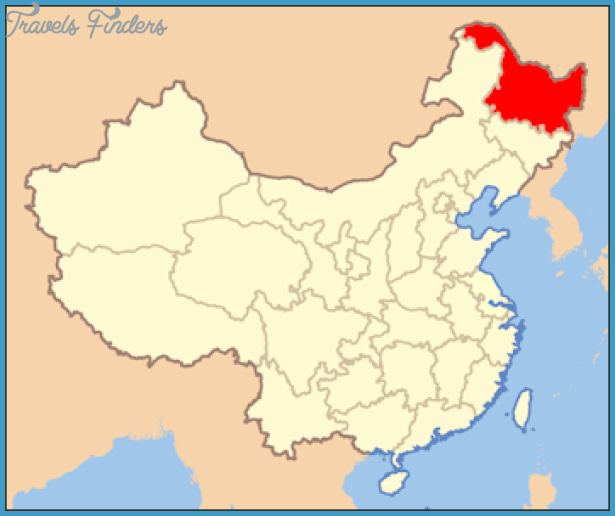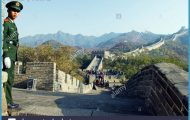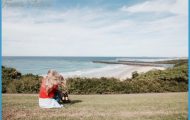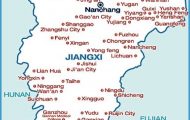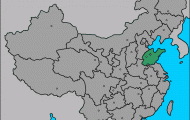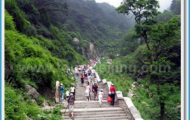Capital of Heilongjiang Province
Altitude: 143m/469ft. Area: 156sq.km/60sq. miles Population: 2,590,000 (conurbation 4,520,000)
Harbin lies on a fertile plain on the banks of the Songhuajiang river, in the south of China’s northernmost province, at 127°08’E and 45°41’N.
It is linked by rail and air with the capital Beijing. There are also flights to Harbin from other Chinese cities such as Shanghai, Canton, Xiamen and others.
Manchurians first settled here 900 years ago and founded a small village called Arjin. Several centuries later the name was changed to Harbin. From the late 19th c. onwards the village gradually grew into a town, aided by the building by the Russians of the first rail link, part of the Trans-Siberian Railway. As well as other foreigners, many Russians settled here in the early years of this century, especially in the wake ofthe October Revolution of 1917, and this is witnessed by the large number of Russian churches and houses to be seen in the town.
After 1946, following the amnesty granted by Stalin, many of these refugees returned to their homeland. Today Harbin is one of the major industrial centres of northern China.
Sights The Temple of Paradise, at Dongda Zhijie No. 5 in the city centre, covers an area of 2-6 acres; it dates from 1924 and ranks as the largest Buddhist Templeof temple in Heilongjiang province.
It consists of four large halls – the Hall of the Four Heavenly Kings (Tianwang Dian), with statues of Maitreya and the Four Heavenly Kings, the Sumptuous Hall ofthe Great Hero (Daixong Baodian), the Hall of the Three Holy Ones (Sansheng Dian), containing statues of Amitabha, Guanyin and Dasizhi, and the Pavilion ofthe Holy Scriptures (Cangling Lou).
As well as the halls, the seven-stepped Pagoda of Qiji Futu Ta deserves special attention. The niches on the exterior walls contain over 30 small statues ofthe Buddhist saint, Arhat. Inside, a wooden staircase leads to the upper floors.
From the ground floor there is access to a neighbouring temple containing seven statues of Shakyamuni, Guanyin, Bhaisajya (the “Medicine Buddha”), and four Bodhisattvas programme involving afforestation of the mountain region together with the building of water reservoirs and irrigation and drainage systems.
Available minerals include coal, iron and copper ore. Sea-salt is obtained from the salt-marshes along the Gulf of Bo Hai.
Hebei is also one of China’s main cotton-growing regions. Wheat, maize, millet, soya beans, sweet potatoes and olives are also grown, together with fruit in the mountain regions.
In addition to the provincial capital Shijiazhuang (see entryl, Chengde, Handan, Qinghuangdao and Tangshan (see entries) are all of interest to the visitor.


